Be the ambassador for Planet Noah and take action to save our environment!
We’ve got a fantastic list of ideas to get you started, but don’t be shy about pursuing your own initiatives tailored to your local environmental needs. If you’re lucky enough to reside by the shimmering sea, join the noble cause of protecting marine life. Urban warriors can wage war against pollution in their concrete jungle, while country folk can nurture Mother Nature by planting trees and tending to furry friends. And let’s not forget our brainy, tech-savvy arktivists – share your genius inventions and dazzling discoveries with us!
Remember, no matter what you do, we want to hear every juicy detail! So go forth, dear arktivists, and conquer the world, one eco-friendly step at a time!
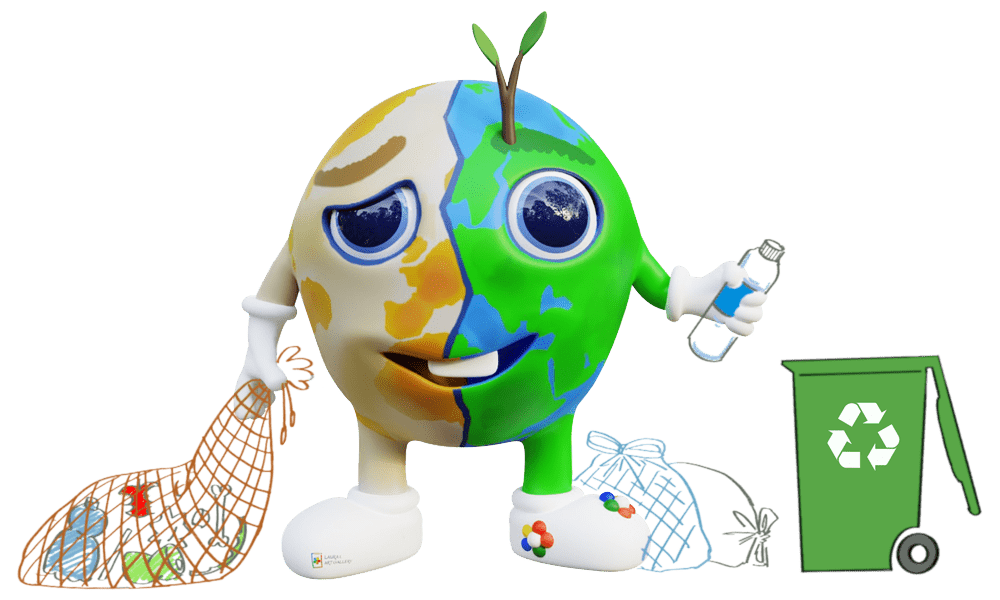


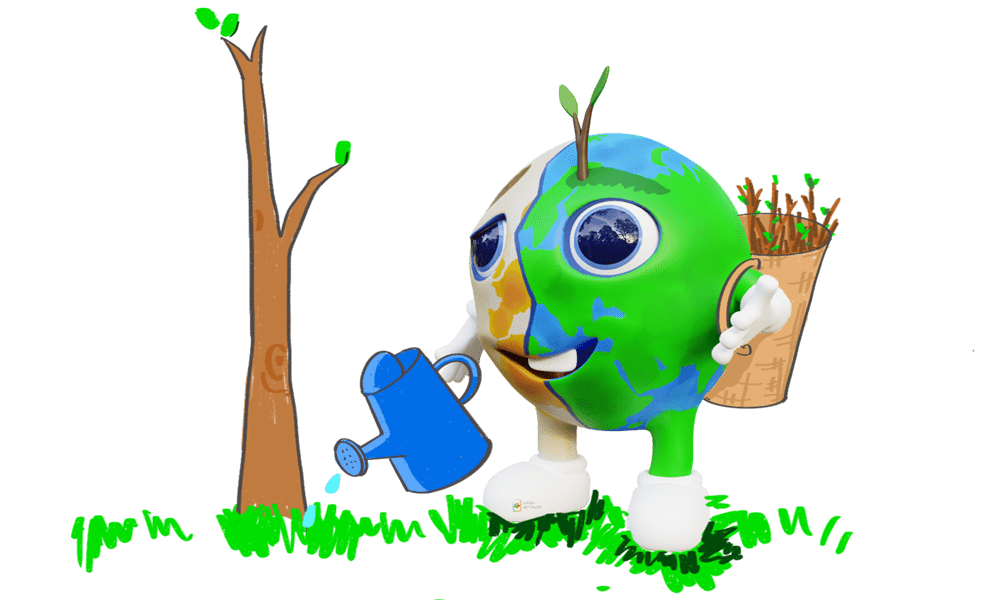
Climate change is primarily caused by the increasing levels of carbon dioxide (CO2) in the atmosphere. This rise in CO2 levels is a result of human activities, such as burning fossil fuels. The impact of climate change includes the alteration of weather patterns, which consequently leads to more frequent and intense extreme weather events. Storms, heatwaves, and droughts are examples of such occurrences. These extreme weather events have significant consequences on the environment, human health, and the economy. It is crucial to address the rising CO2 levels to mitigate the effects of climate change and work towards a more sustainable future.

Ocean acidification is a consequence of climate change that occurs when carbon dioxide (CO2) is dissolved in seawater, resulting in the formation of carbonic acid. This chemical reaction leads to a rise in the acidity levels of the oceans. Sadly, this increase in acidity poses a significant threat to marine life, especially organisms that rely on calcium carbonate shells, such as coral reefs and certain types of plankton. These delicate creatures are highly vulnerable to the corrosive effects of acidified waters, putting entire ecosystems at risk. It’s crucial to address this issue and take measures to combat climate change in order to safeguard the health of our oceans and their invaluable biodiversity.
Melting glaciers and ice caps are being expedited by higher temperatures caused by elevated levels of carbon dioxide (CO2) in our atmosphere. This acceleration has significant consequences, including the rise of sea levels and the potential disruption of coastal communities. As CO2 levels increase, the Earth’s temperature rises, and glaciers and ice caps begin to melt at a faster rate. This process contributes to the overall rise in sea levels, which directly affects coastal regions worldwide. The outcome of this phenomenon could be detrimental, leading to the displacement of communities and the loss of vital coastal ecosystems.

Ecosystems can be significantly affected by disruptions caused by changes in temperature and climate. Both plants and animals demonstrate a remarkable sensitivity to these alterations. With the rising levels of carbon dioxide (CO2) in the atmosphere and the subsequent atmospheric modification, many species face challenges in adapting to their changing surroundings. Consequently, these difficulties often lead to disruptions within ecosystems, resulting in the loss of biodiversity. It is crucial to comprehend that these impacts can have far-reaching consequences, necessitating the need for proactive measures to mitigate the effects of climate change and safeguard our delicate ecosystems.
Changes in climate patterns can have a significant impact on agricultural productivity, thereby affecting the global food supply. These changes can result in shifts in crop yields and distribution, leading to both positive and negative consequences. Certain regions may experience reduced crop productivity due to factors like increased drought, extreme temperatures, or changes in precipitation patterns. On the other hand, some areas may benefit from longer growing seasons, resulting in increased crop productivity. It is crucial to recognize and adapt to these climate-related changes to ensure the sustainability of our agricultural systems and food security for the growing global population.

High levels of carbon dioxide (CO2) and the resulting climate changes can have significant impacts on human health. One indirect effect is the rise in heat-related illnesses due to increased temperatures. This can lead to a spread of diseases carried by insects, amplifying the risk of infections. Another consequence is the deterioration of air quality, primarily caused by higher levels of ground-level ozone. This can exacerbate respiratory problems and pose a threat to individuals with pre-existing conditions,

Numerous resources highlight human activities as the primary driver for the escalating levels of CO2 in our atmosphere. The burning of fossil fuels such as oil, coal, and gas, alongside deforestation, stands out as the leading contributors. These processes alone emit substantial amounts of carbon dioxide, posing a direct threat to our ecosystem, with the effects compounding over time. The consequences of these activities manifest in a multitude of ways, including the elevation of temperatures, disruption of communities, and alterations in climate patterns. To combat this issue, a significant global endeavor is imperative, entailing a reduction in emissions, adoption of sustainable and cleaner practices, and the implementation of transformative societal norms.

The impact of planting enough trees to significantly reduce CO2 levels in our atmosphere is unlikely. Although a single hardwood tree can absorb around 48 pounds of carbon dioxide annually, reaching a total of about 1 ton by the time it reaches 40 years old, the daunting scale of human activity overshadows this. On average, human activity emits approximately 40 billion tons of CO2 into the air each year. Therefore, to make a noticeable difference, we would need to plant a staggering 40 billion trees annually and wait for decades to witness any positive effect. To put this into perspective, each individual in the country would need to plant around 150-200 trees per year, depending on the species, to counterbalance this immense volume of emissions.
However there are other ways we can protect our planet:
Creating a bug hotel in your garden or outdoor area is an effective way to support and protect insects and other minibeasts. By offering them a designated space to reside, you can foster the presence of these invaluable creatures, facilitating pollination of your plants and natural pest control. Notably, several beneficial insects, such as ladybugs and bees, enter a phase called diapause during winter, rendering them susceptible to the cold. Constructing a bug hotel provides a warm sanctuary for these insects, ensuring their survival until spring emerges. This simple act of building a bug hotel can contribute greatly to the overall well-being and balance of the ecosystem.

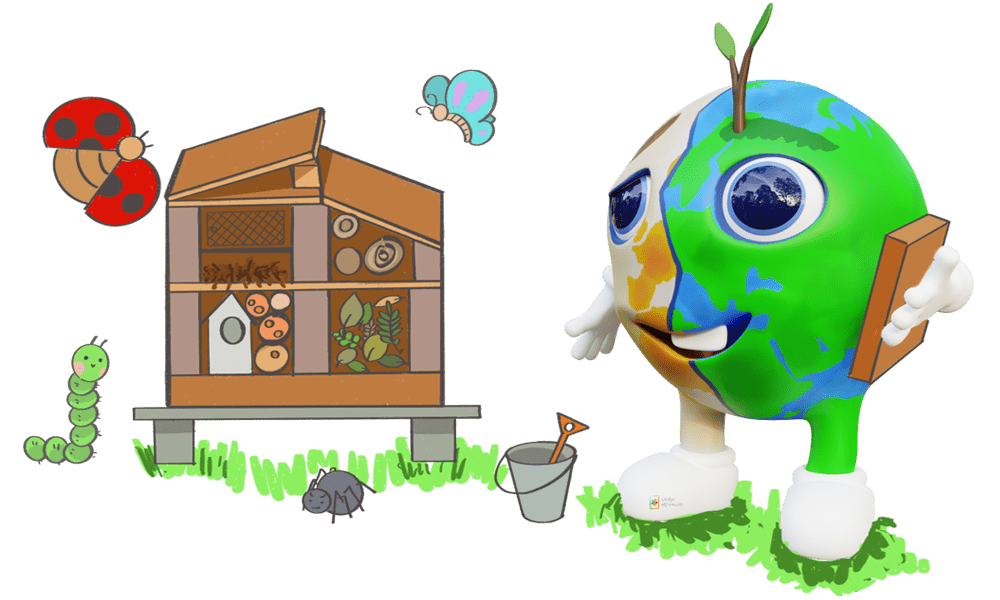


Upcycling is a transformative process that involves repurposing by-products, waste materials, or unwanted goods into new and useful products. It serves as an effective way to reduce waste and its environmental impact. A simple example of upcycling is using an empty coffee can as a planter. By upcycling, we can significantly contribute to waste reduction in landfills, oceans, parks, and waste management facilities. This is crucial as excessive waste can have detrimental effects on the environment. Certain materials break down over time, releasing harmful chemicals that can lead to soil degradation and contaminate drinking water. The UN Environment Programme reports that approximately one-third of plastic waste ends up in soils or freshwater, and some microplastics from this waste enter the food chain. By adopting upcycling practices, we can help combat these environmental challenges and contribute to a more sustainable future.
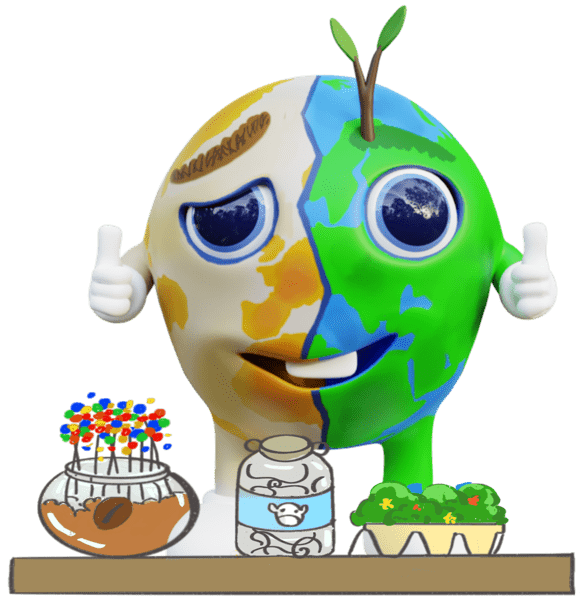
Upcycling is a beneficial practice that can greatly contribute to the well-being of our planet. When upcycling is not practiced, waste becomes more abundant. By engaging in upcycling, we can effectively reduce waste production. This helps to alleviate the environmental burden caused by excessive waste disposal. Moreover, upcycling also has the potential to reduce the frequency of trips to the store to purchase new items. By creatively repurposing existing materials, we can extend their lifespan, therefore decreasing overconsumption. This not only saves resources but also reduces the carbon footprint associated with the manufacturing and transportation of new products. Overall, upcycling is an impactful and sustainable approach to waste reduction and resource conservation.

Recycling has become increasingly popular, with a growing number of individuals engaging in this practice on a daily basis. The benefits of recycling are significant and wide-ranging. Firstly, it helps to alleviate the reliance on landfill sites and other expensive means of waste disposal. Additionally, by recycling, we can minimize the need for extracting raw materials through environmentally harmful processes such as mining, quarrying, and logging. These methods contribute extensively to air and water pollution. Moreover, recycling aids in conserving energy, leading to a reduction in greenhouse gas emissions and aiding our efforts in combating climate change. This collective effort toward recycling has proven instrumental in achieving these positive outcomes.

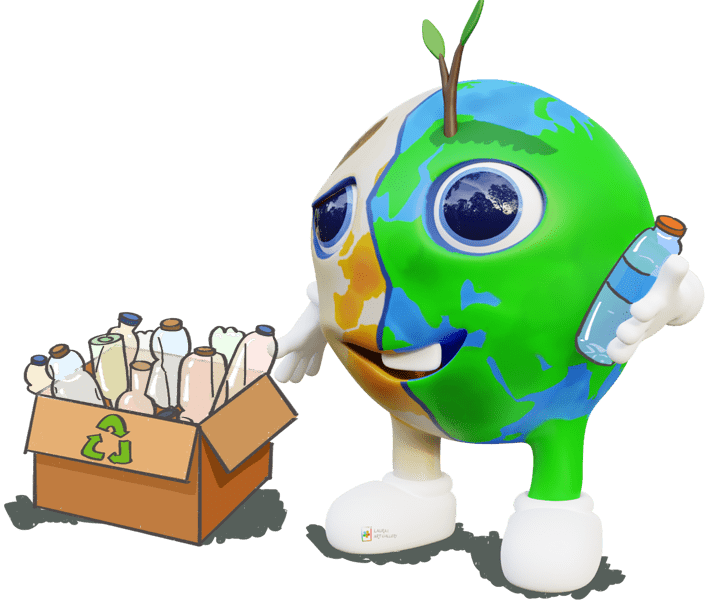
Choosing to cycle or walk instead of driving for shorter journeys not only benefits our personal health but also plays a significant role in protecting biodiversity. By opting for these eco-friendly modes of transportation, we contribute to less noise, reduced air pollution, and a decrease in emissions that contribute to global warming. Noise pollution, which negatively impacts both humans and animals, has been found to affect the survival abilities of local wildlife. Animals are forced to change their behavior and habitats to avoid noise pollution, subsequently impacting the delicate balance of our entire ecosystem. Furthermore, walking or cycling helps alleviate road congestion and the accompanying noise produced by motor vehicles, fostering a more peaceful environment.
Choosing more active ways to travel like walking and cycling has important benefits for us as individuals.

Engaging in cycling and walking presents undeniable benefits for our physical well-being. These activities not only promote cardiovascular strength and endurance, but they also bolster our mental state, leaving us feeling happier and more invigorated. Furthermore, embracing these modes of transportation can yield substantial financial savings. By opting for cycling or walking instead of relying on motor vehicles, we can significantly reduce expenses related to fuel, parking, and maintenance. Consequently, the cumulative advantages of cycling and walking extend beyond physical fitness, encompassing improved mood and noteworthy financial savings. Thus, these activities constitute a holistic approach to enhancing both our bodies and wallets.

Adopting a mindset of consuming less can yield significant benefits for both individuals and the environment. By making conscious choices to buy fewer items, one can save money, minimize waste, and reduce their environmental impact. This lifestyle shift promotes financial stability by curbing unnecessary expenses and encourages a more sustainable approach to resource consumption. Moreover, embracing a less consumerist lifestyle supports the wellbeing of our planet by reducing the demand for products that contribute to pollution and depletion of natural resources. By consuming less, individuals can actively contribute to a greener future while enjoying the personal benefits of a more mindful and economical lifestyle.

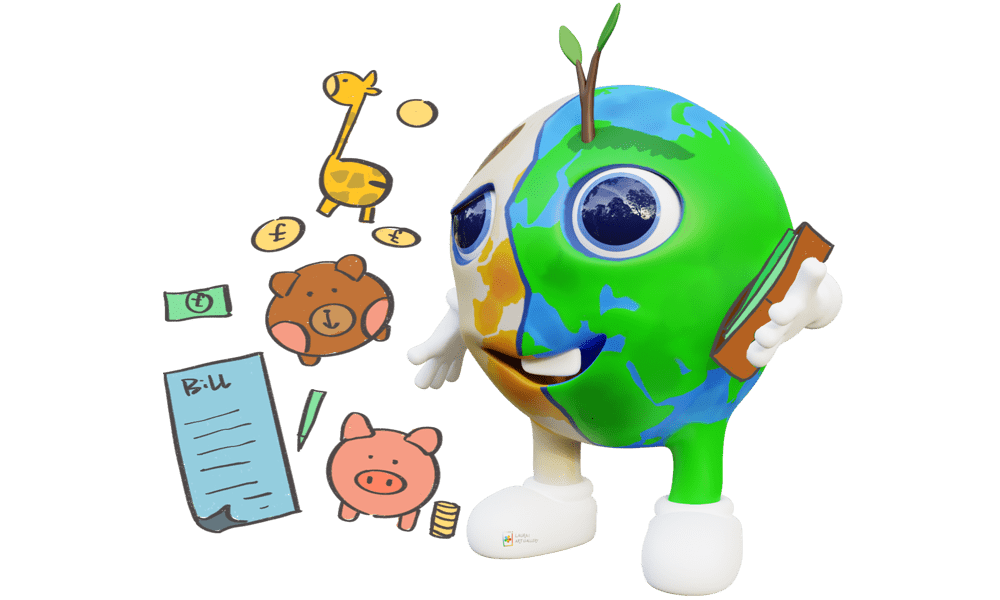
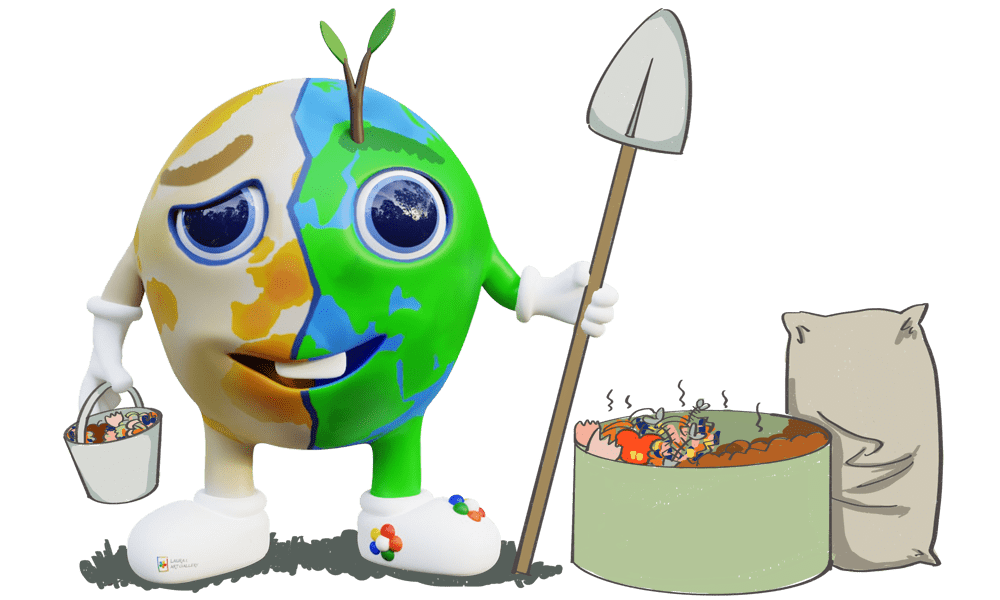
Composting is a highly effective practice for managing organic waste, particularly from food, and offers numerous environmental benefits. One such advantage is the substantial reduction of methane emissions when compared to disposing of organic waste in landfills. Methane is a potent greenhouse gas, contributing to climate change. By composting wasted food and other organics, methane emissions can be significantly curtailed. Additionally, compost serves as a natural alternative to chemical fertilizers, minimizing the need for their application. This organic matter nourishes the soil and promotes healthier agricultural crops, leading to higher yields. Overall, composting is a sustainable solution that addresses both waste management and agricultural needs.

Instead of using disposable items, we can choose to embrace the concept of reuse. This can be as simple as repurposing a glass jar from the recycling bin because it still has value, or it can involve investing in purpose-built reusable products like napkins, utensils, straws, and coffee cups (bonus points if you acquire them secondhand!). Research indicates that these “reusables,” also known as “durables,” are more environmentally friendly than their disposable counterparts. Despite the need for washing, reusable items are proven to consume fewer resources, including water, throughout their lifespan compared to single-use alternatives. Start your journey towards a zero-waste lifestyle today by incorporating durable goods into your habits!



Polystyrene, commonly known as Styrofoam, poses significant risks to both human health and the environment. Its main component, styrene, has been classified as a possible human carcinogen and a hazardous air pollutant. Moreover, exposure to styrene may lead to nervous system impairments, particularly among industry workers. The detrimental effects of polystyrene extend beyond production. Styrene can leach from containers into food, posing a potential health risk. Sadly, polystyrene recycling is not widely available, and its inability to biodegrade means it persists in the environment, breaking down into smaller particles and polluting ecosystems. To combat this problem, a simple but effective solution is to bring your own food containers when dining out, promoting reuse and minimizing the use of polystyrene.

One effective way to reduce unnecessary waste is by refusing plastic bottled water. It is astonishing to realize that the process of manufacturing and filling these bottles, filtering the water, and cleaning the bottling facility requires six to seven times more water than what is actually contained in the bottle itself. However, the wastage doesn’t end there. To produce the plastic for these bottles, more than 17 million barrels of oil are consumed every year. The scale of this issue is evident from the fact that in the United States alone, a staggering 1.7 billion bottles of water are consumed each week, with less than 30% of them being recycled. By making a conscious decision to avoid plastic bottled water, we can significantly reduce the negative impact on both water and oil resources.

The issue of plastic and paper shopping bags has gained significant attention lately, as people are becoming more aware of the harmful impact on the environment. However, it is important to note that paper bags are not necessarily a better alternative. In fact, they can be just as detrimental or even worse in some aspects. During their production, paper bags consume more energy and contribute to more water pollution compared to plastic bags. Moreover, plastic bags are made from nonrenewable fossil fuels and are less likely to be recycled, resulting in an alarming usage rate of nearly 2 million bags per minute worldwide. Therefore, a more sustainable approach is to opt for reusable bags. By keeping them in convenient places like your car, bike, backpack, or purse, you can easily avoid using disposable bags. It may take some practice, but soon enough it will become a habit that positively impacts the environment.

Say no to single-use utensils and chopsticks to reduce the negative impact on the environment. These common take-out items are manufactured using finite natural resources such as petroleum and trees. Shockingly, around 40 BILLION nonrecyclable, petroleum-based plastic forks, spoons, and knives are utilized annually in the United States alone! Additionally, disposable chopsticks are a significant contributor to deforestation. China, for instance, uses approximately 3.8 million trees every year to produce over 57 billion pairs of chopsticks. By refusing these items, we can play our part in protecting our planet and conserving valuable resources.



Purchasing second-hand items offers significant environmental benefits. A study conducted by ThredUp, a reputable online thrift store, indicates that opting for just one pre-owned item rather than a new one can reduce CO2 emissions by up to 6 pounds. Moreover, embracing second-hand clothes not only curtails carbon footprint but also lessens the utilization of vital resources such as water, energy, and land. By utilizing pre-loved clothing, we contribute to conserving these valuable resources while simultaneously reducing the strain on our environment. Therefore, adopting the practice of shopping second-hand not only saves money but also plays a crucial role in adopting a sustainable and eco-friendly lifestyle.

Support local businesses by choosing to buy locally sourced goods. When you shop locally, you are directly contributing to your community’s economy by purchasing products that are made right in your area. In contrast, when you opt for grocery store items, most of them have traveled a staggering distance of 1500 miles before reaching your plate. By reducing the distance that your food travels, you are actively minimizing the environmental footprint associated with its transportation. This means fewer emissions from vehicles and less fuel consumption, resulting in a greener and more sustainable approach to food consumption. Choose to buy local, and make a positive impact on both your community and the environment.

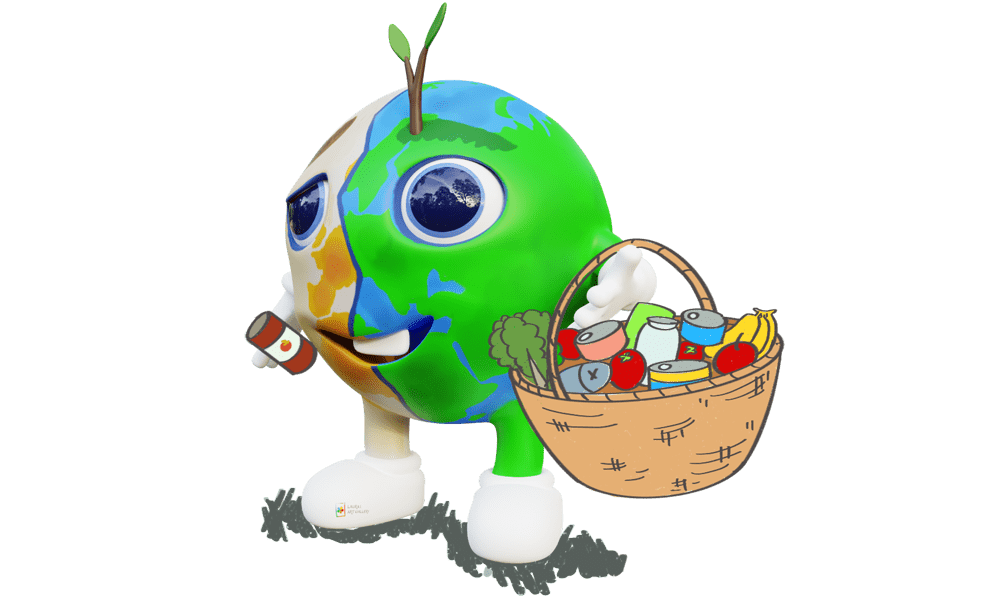
To minimize chemical waste and protect the environment, it is important to be mindful of how we dispose of household chemicals. Start by using fewer chemicals whenever possible. When it comes to disposing of chemicals, always check the label for guidance. Some chemicals can be safely put in household rubbish, while others may need to be taken to a landfill or disposed of in a managed manner. If you are unsure, reach out to your local council for advice. Additionally, it is crucial to keep flammable, corrosive, or toxic chemicals out of your regular rubbish. Avoid pouring chemicals down stormwater drains, as they can contaminate waterways and harm marine life. When washing your car or cleaning paintbrushes, do it on the lawn so that any detergents or leftover paint can soak into the ground instead of entering the stormwater drain. Consider donating or recycling leftover paint at your local paint shop. Some shops also accept batteries and other chemical products for proper recycling and disposal. If you need further guidance, your local environment centre can provide advice and offer recycling and disposal options.

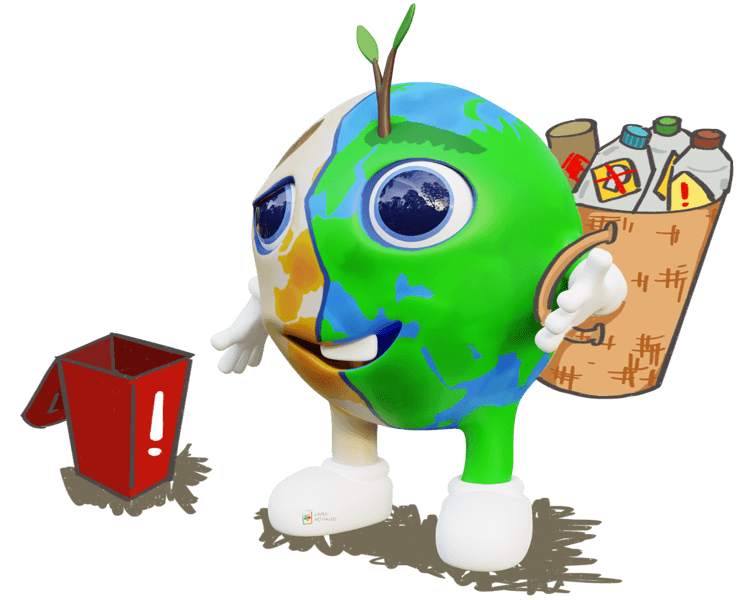
Conserving water not only benefits the environment but also helps minimize our carbon footprint. By using less water, we decrease the amount of energy required for filtration, heating, and pumping, which in turn reduces our impact on the planet. Moreover, this practice helps maintain the delicate balance of ecosystems by preserving water levels in wetland habitats, crucial for the survival of various species such as otters, water voles, herons, and fish. By making a conscious effort to limit water consumption, we can contribute towards sustaining these habitats and ensure a healthier environment for all.

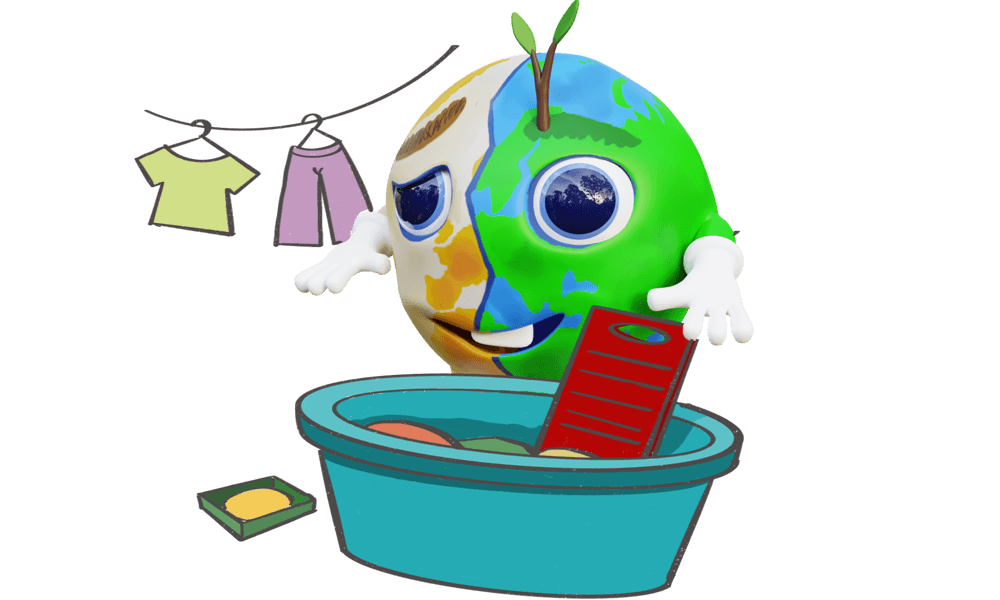
Conserving electricity is crucial as the unnecessary consumption of energy adds to the need for increased production, resulting in more burning of fossil fuels. This process releases significant amounts of carbon dioxide (CO2), exacerbating the problem of climate change. However, there are simple actions you can take at home to make a meaningful impact. By being more mindful of our energy usage, such as turning off lights when not in use, unplugging devices that are not being actively used, and utilizing energy-efficient appliances, we can collectively contribute to reducing carbon emissions and mitigating climate change. Making these easy changes can go a long way in making a positive difference.

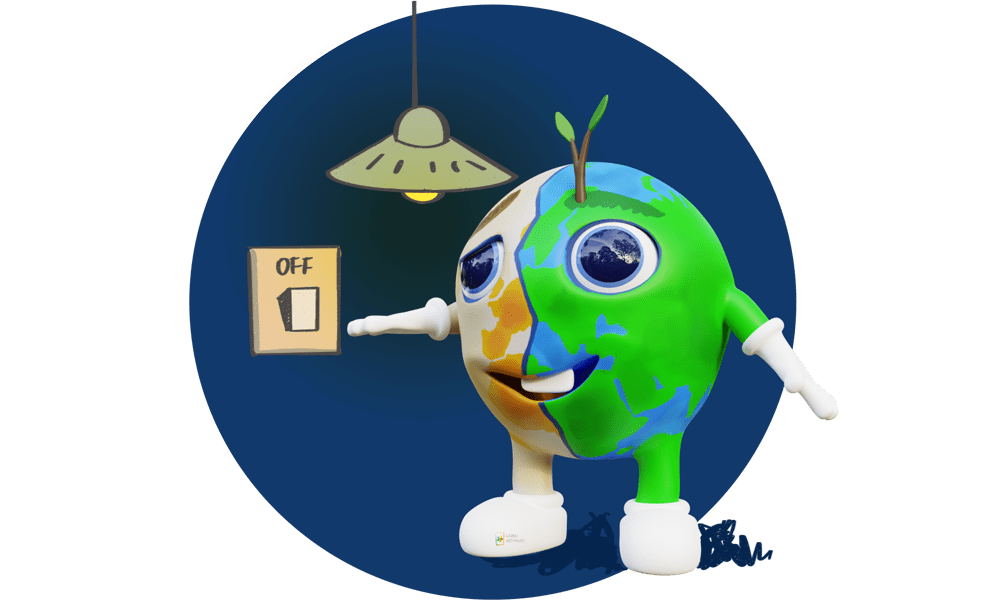


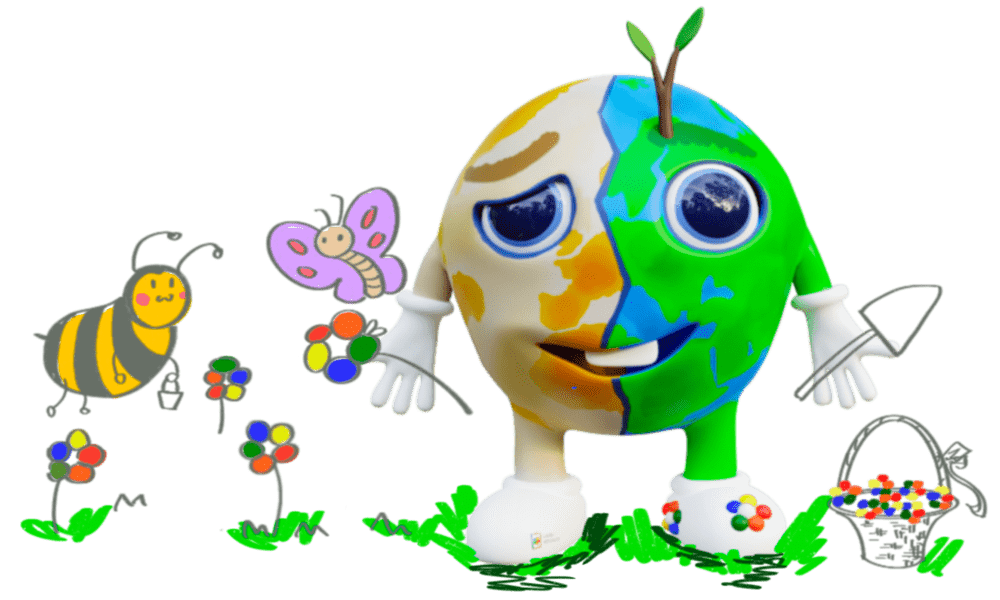
Planting flowers for bees and butterflies is crucial for their survival. These beautiful insects rely on nectar as their main source of food, making flowering plants a necessity. Butterflies, moths, bees, and hoverflies need access to nectar and pollen to thrive. Moreover, as they flit from one flower to another, they unintentionally pollinate them. This process allows the flowers to reproduce by setting seed or bearing fruit. By planting a diverse range of flowering plants, we can create a welcoming habitat for these important pollinators, supporting their existence and contributing to the overall health and biodiversity of our ecosystem.
